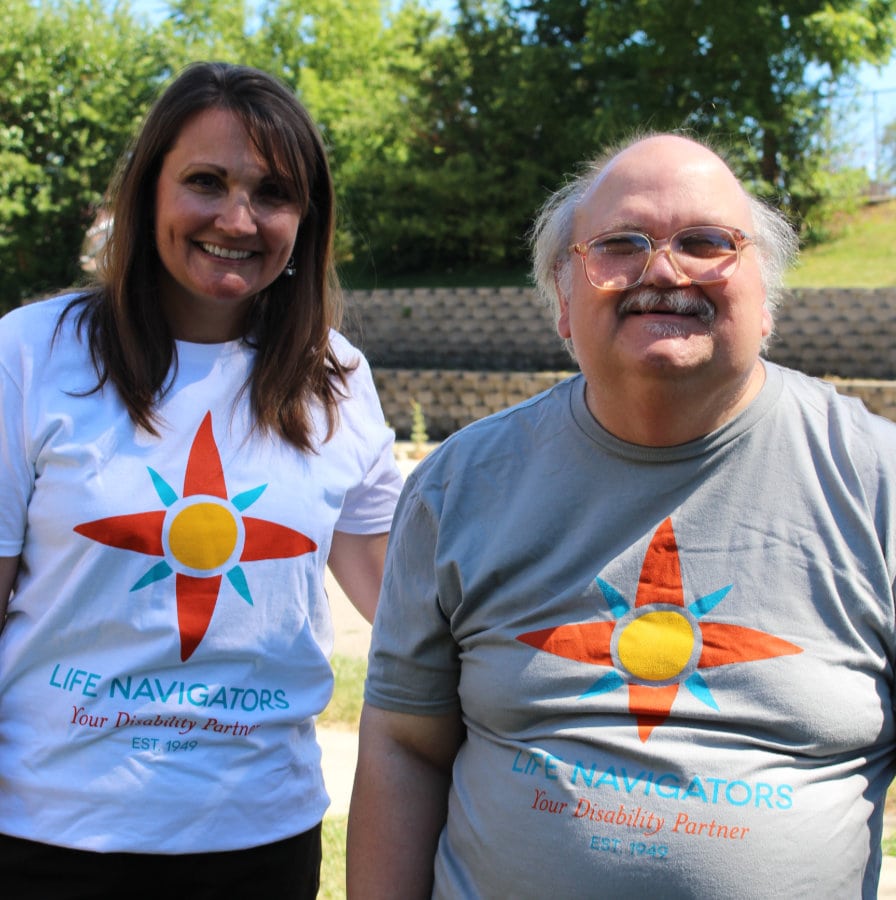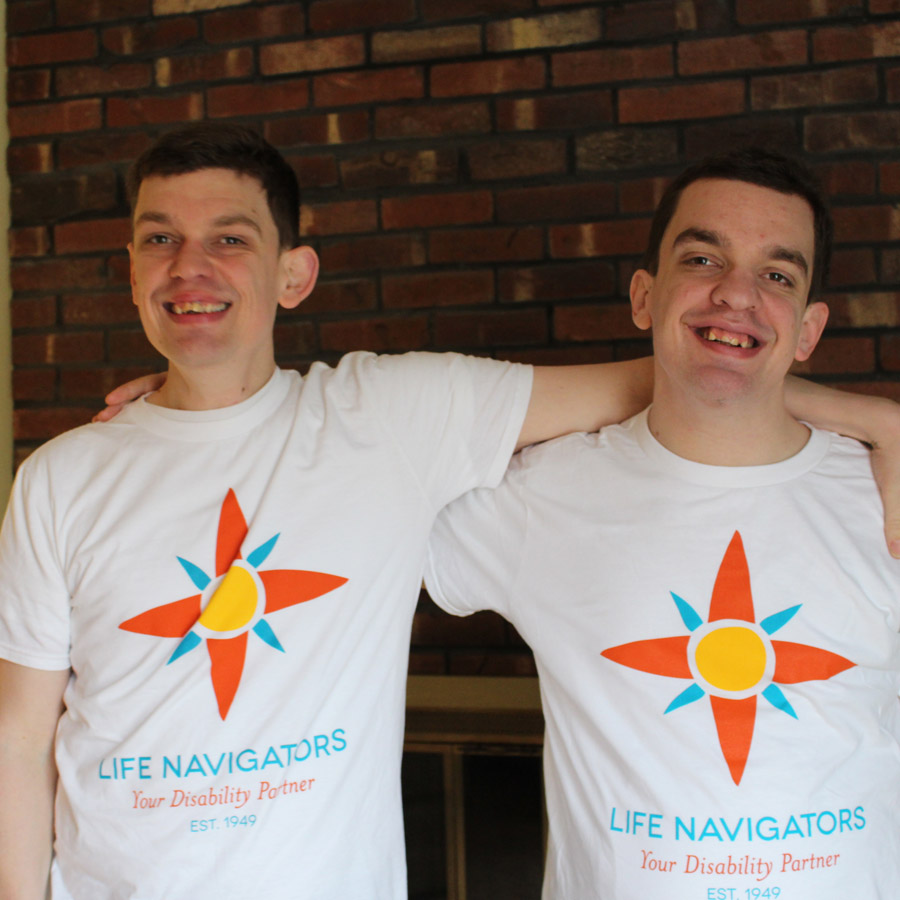Five Steps to a Stronger Financial Future
Planning and providing for the well-being of a loved one with a disability requires careful planning and consideration. To get started, follow the five steps below.
Set Goals
Planning begins by developing a clear picture of how you want your loved one with a disability to live his or her life. Knowing that the day may come when you are not able to oversee their care, a comprehensive plan communicates your desires to the individuals who will be there in your place. This starts with setting goals.
A letter of intent is a critical document when planning for the future of an individual with a disability. In this document, families detail the kind of life their loved one with a disability would like to enjoy. To the degree possible, the individual with the disability should be involved in drafting this letter to ensure that his or her preferences are represented. Goals to consider include:
- Living arrangements
- Education
- Employment
- Leisure Activities
Once the personal goals are identified, it is time to develop financial goals that will allow the personal goals to be met. This is where a Life Navigators Trust becomes so important in helping secure a solid financial future.

Identify Your Team
Your team is made up of individuals who will help implement your plan now and in the event that you are no longer able to take a lead role.
- Guardian has court-approved legal responsibility to oversee day-to-day affairs and make informed decisions for an individual who cannot make these decisions on their own.
- Advocates hold a non-legal and informal role to assist the individual with a disability and make sure that he or she maintains the quality of life intended.
- Legal and Financial Advisors provide valuable assistance and guidance when creating financial goals. It is important to utilize professionals who have experience working with individuals with disabilities and their families.
- Life Navigators and Prairie Trust are available to support your team’s efforts.
It is recommended that you and your team review the Trust documents on an annual basis to ensure that the information remains accurate. It is important to include the individual with a disability in as many discussions as possible.

Meet with Financial and Legal Professionals
Sitting down with your financial and legal professionals early on provides a longer time horizon to implement your plan. Together, you can review all the financial resources that can be used to fund the plan, including public benefits, your future estate, proceeds from life insurance, inheritance from family, and current and future savings. A Life Navigators Trust I – Community Trust, Trust II – Pooled Trust or Trust III – Pooled Trust (for Age 65 and Over) allows current and future funds to be left to your loved one with a disability or saved by an individual with a disability without disqualifying them from public benefits. Advisors help create a plan for when the assets are available either today or in the future. The plan will help ensure that the assets are used according to your wishes.
Complete Instrument of Adoption
The Instrument of Adoption is a legal document that establishes an irrevocable trust for the benefit of the individual with a disability. The Settlor must have the Instrument of Adoption completed by a lawyer, ideally an attorney with expertise in tax, estate planning and public benefits. This document will identify the funding source, Personal Needs Advisors and other individuals who will be involved. All Life Navigators Trust documents can be found in a fillable PDF file format on our website, under our Documents & Resources tab and must be completed by an attorney.
Meet with Life Navigators
The family is encouraged to meet with Life Navigators’ Trust manager. At this time, the family can gather more information regarding the Trust or review the goals of the Trust to make sure that the Settlor’s wishes are being honored and that the Beneficiary’s needs are being met.

